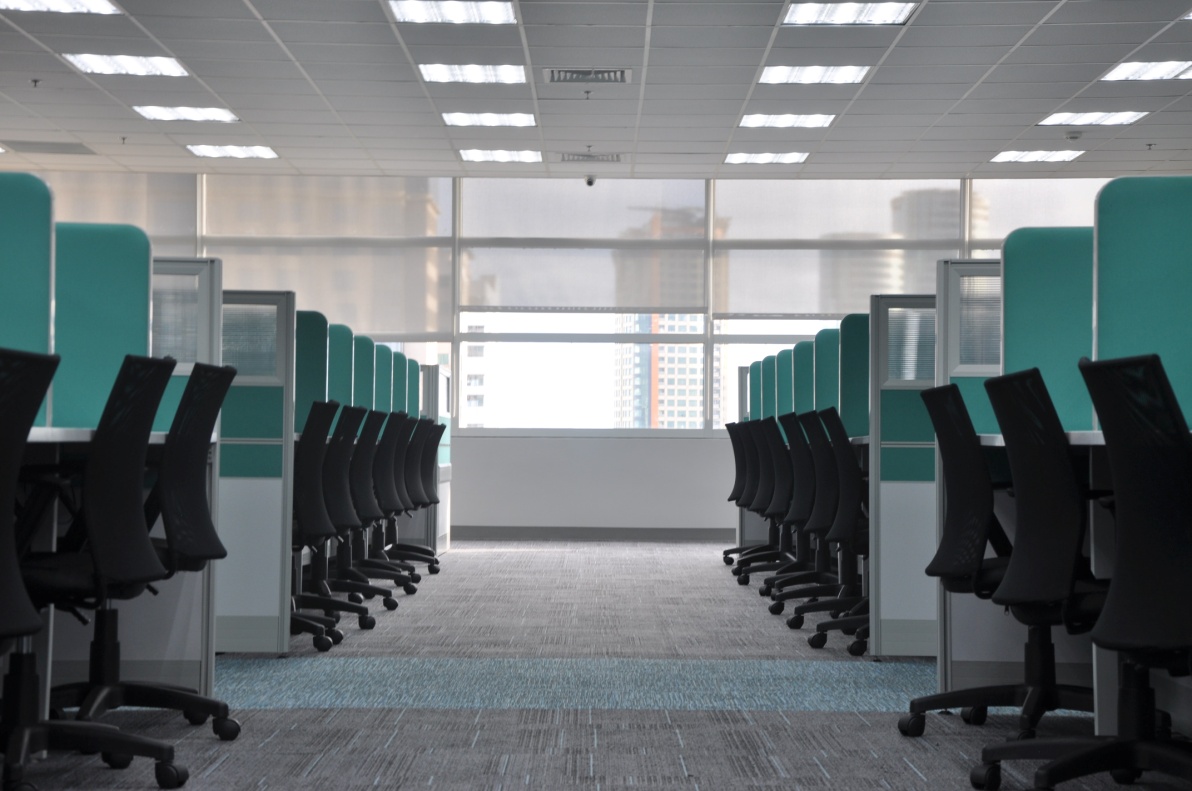Application of the principles of Agile Methodology to develop workforce strategies
After the COVID-19 pandemic shook up the word in full force in 2020, standard business operating procedures and models experienced a total disruption and a complete paradigm shift. Additionally, the behavior and expectations of employees completely changed and companies had to take notice and act on the same. As a result, firstly companies had to shift to remote working arrangements right away. Following the same, companies then started undertaking strategic re-assessments and re-evaluations of their real estate requirements. However, they quickly realized that such vital decisions which have long-term effects when taken suddenly in the midst of the tumultuous situation were not sustainable and aligned with situational changes and business goals in the long run. While work-from-home performance was high on paper, the short term savings did not ultimately drive company performance and future growth.
Today, as we enter the period of recovery when businesses are re-opening, physical workspaces coming back into action and lockdowns are being lifted, workforce operating structures need to evolve yet again to accommodate the changing expectations of potentially returning employees. While maintaining cost effectiveness will always be the primary concern for any business, companies will now also have to develop functional and sustainable workspaces which ensure a high quality of employee working experiences to encourage the return back to offices
As the situation currently stands, employees are not ready to make the mass exodus back to offices and employers are aware of the discontentment that it would cause if enforced. Thus they are looking at long-term strategies which can be quickly modified as per the changing scenarios. This is where the principles of Agile Methodology come in.

The Agile Methodology is an evidence-based, multi-disciplinary approach to plan and develop workplaces by looking at employees from a consumer-experience viewpoint. Many of the principles of Agile Methodology can be applied to deal with this new, uncertain, evolving corporate real estate environment.
Principles of Agile Methodology applicable to the workspaces:
-
Accommodating employee satisfaction through early and continuous delivery:
- Drive open, approachable channels of regular communication.
- Allow the staggered, gradual return of employees instead of trying to enforce a complete return to offices.
- Keep a finger on the pulse of employee pain points.
- Maintain a regular, healthy and robust feedback system.
-
Adapting to the changing employee expectation and requirements with working solutions throughout the development process:
- Develop reporting tools and operating process to gauge feedback and implement strategic changes.
- Maintain an dynamic adjustment system to anticipate possible changes to existing processes, protocols, timelines, schedules and occupancy requirements.
- Constantly improve processes using past evidence and experiences.
- Create a transparent Ambassador Network to share ideas beforehand and encourage open communication, queries and opinions.
-
Maintaining a balance through constant collaboration between stakeholders and the developers of the business/project:
- Studying the changing market scenarios and the evolving corporate environment.
- Anticipating the changes in priorities, workflows, operations and client engagement/retention strategies of business stakeholders.
- Involving and collaborating with a diverse team of dynamic stakeholders.
- Inviting stakeholders to take part in the process of developing successful workplace solutions, thus maintain a balance between the requirements of the business stakeholders and the developers/workforce.

-
Engage the project team regularly to increase effectiveness:
- Constantly engaging with the project team sheds light on employee requirements and concerns, bringing about changes in norms, working practices, timelines etc.
- Creating effective workplace operating procedures by accommodating these changes in workforce requirements to nurture a high-performance team.
- Evaluate the successes and challenges of the team to facilitate effective utilization of human resource and enable future improvements.
-
Simplicity is key:
- Take small steps to create a foundation for the business to grow in the long run.
- Do not look for umbrella solutions to solve all matters at once.
- Develop solutions to deal with only the immediate concerns.
- Build incrementally but gradually on top of each successful undertaking.

